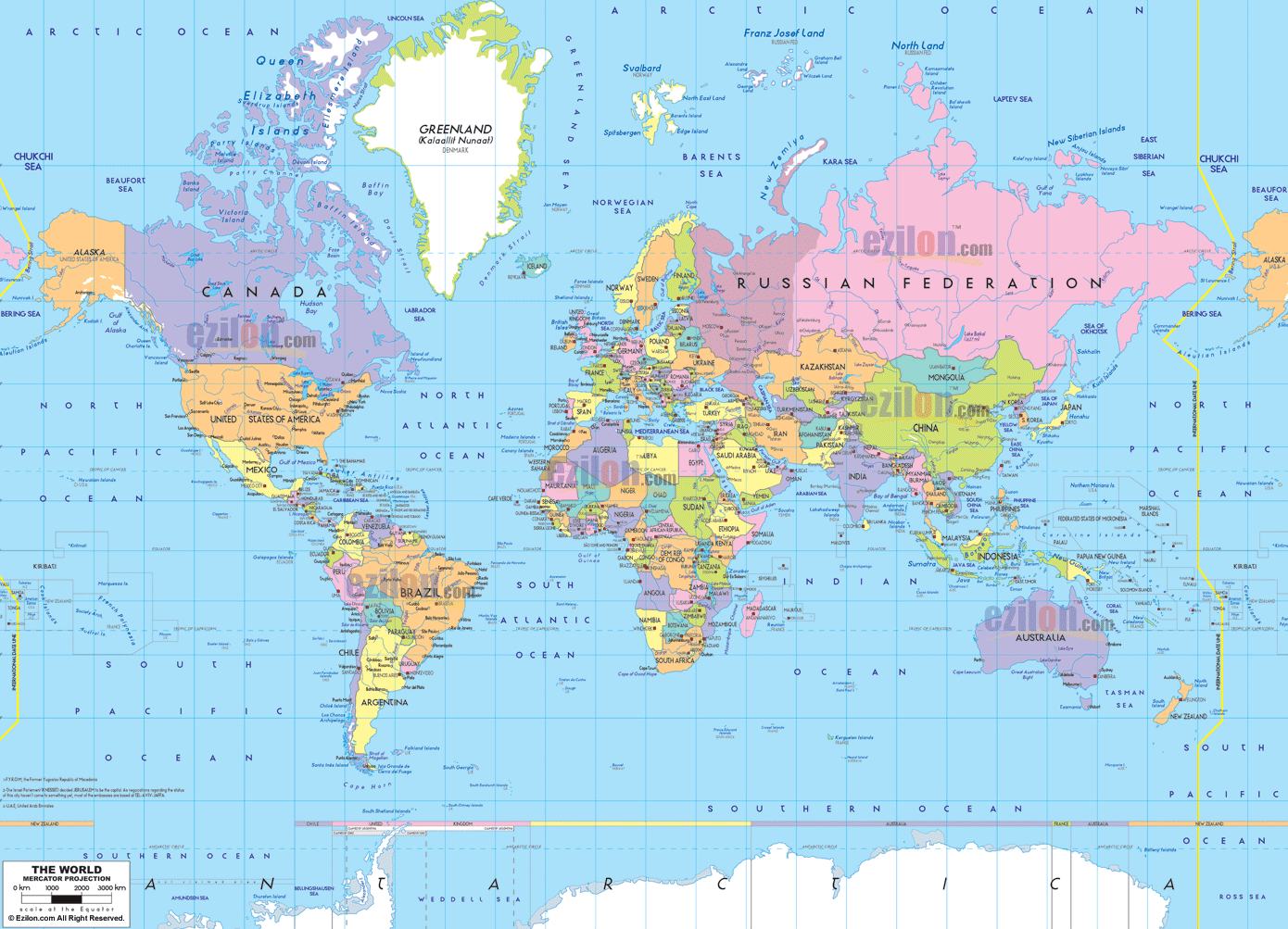Map of Maykop

Maykop, the capital of the Republic of Adygea in Russia, is a hidden gem nestled amidst the rugged Caucasus Mountains. Rich in history and culture, this picturesque city is a mosaic of architectural styles and traditions. An exploration of Maykop through its maps unveils a tapestry woven with the threads of geography, socio-political transformations, and the vibrant lives of its residents. Let us embark on a visual odyssey through the cartography of Maykop, examining the intricate details that define this enchanting locale.
Topographical Insight

The topographical map of Maykop reveals the undulating landscape that cradles this quaint city. Surrounded by verdant hills and expansive parks, the terrain invites both nature enthusiasts and adventurers alike. The gentle curves of the land juxtaposed against the sharp peaks of the Caucasus highlight the area’s geographical diversity, offering a peek into the ecological riches that abound here. Such intricate contours not only shape the aesthetic appeal of the city but also influence its climatic conditions, creating a microclimate that is both temperate and inviting.
Historical Context

Diving deeper into history, the historical map of Maykop serves as a window into the city’s storied past. This cartographic artifact illustrates Maykop as a vital hub of trade and culture during various epochs. Influences from ancient cultures, including the Greeks and Romans, have indelibly marked the city’s evolution. Intricate details on this map tell tales of resilient fortifications and ancient pathways that once bustled with merchants and travelers, weaving a narrative rich with commerce and experimentation.
Cultural Landmarks

The cultural landmarks map of Maykop highlights the city’s artistic and historical treasures. From the opulent architecture of the local mosques to the evocative monuments celebrating Adygean heritage, each landmark offers a glimpse into the soul of Maykop. This city is a testament to the harmonious coexistence of diverse cultures, reflected in its museums, galleries, and public spaces. By comprehending the spatial relationships depicted in this map, visitors can appreciate the interconnectivity of cultural influences that define Maykop today.
As we traverse the multifaceted cartography of Maykop, it becomes abundantly clear that each map is not merely a representation of the landscape, but a narrative etched in time, inviting exploration and introspection. With every layer, one uncovers the enchanting tales hidden within this remarkable city on the fringe of the Caucasus.
Comments
Post a Comment